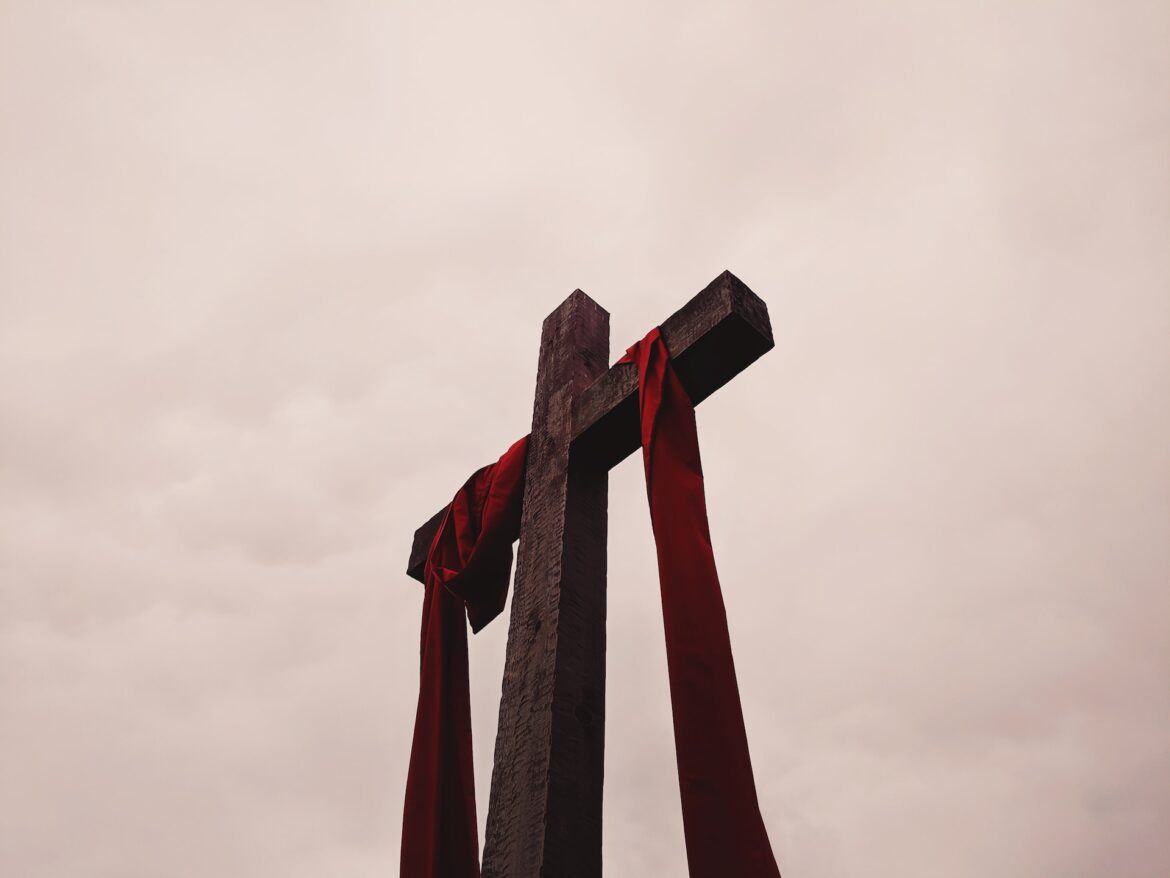From Apostle Paul to Now: Gripping Christian Persecution Tales
From the atrocities of ISIS to the unspeakable brutality of Boko Haram, the persecution of Christians is a horrific reality of our present-day world. According to a BBC report, one in eight Christians live in an area where they face active persecution. In addition, the same report revealed that such persecution had reached near-genocidal levels in places like North Korea and various parts of the Middle East.
As horrific as modern persecution is for believers, persecution has been a reality for Christians since ancient times. In a letter to Timothy of Ephesus, the Apostle Paul wrote, “All those who wish to live a godly life in Christ Jesus will be persecuted” (2 Timothy 3:12). A look at some of the most riveting persecution tales can shed light on the challenges believers have faced while practicing the faith.
Persecution in the Apostolic Age
Persecution of believers was a common occurrence during the early apostolic era. This era refers to the first century following the crucifixion of Jesus Christ. According to Acts of the Apostles, one of the earliest examples of persecution was the martyrdom of Stephen.
As a church deacon in Jerusalem, Stephen helped distribute food to the poor and declared that Jesus had fulfilled the law. His persecutors condemned Stephen to death by stoning. Before his own conversion to Christianity, the Apostle Paul (then known as the Pharisee Saul of Tarsus) supported the persecution.
Persecution in the Age of Martyrdom
In the classical period, the persecution of Christians traditionally began with the reign of Emperor Nero (54–68). The apostles Peter and Paul both underwent martyrdom during this period. While Roman authorities ordered Paul’s beheading, Peter suffered crucifixion upside down. Following the deaths of the apostles, the height of classical Christian persecution occurred during the reigns of Decius (249–250 CE), Valentianus (257–258 CE), and Diocletian (303–312 CE).
Edicts declared during the rule of Diocletian, for example, represented the most severe punishments for Christians in the Roman Empire. Also known as the Great Persecution, these edicts required that Christians sacrifice to traditional Roman gods or face capital punishment. Famous saints such as Erasmus and Sebastian died in this era known as the Age of Martyrdom.
Persecution During the Middle Ages
Following the collapse of the classical period, Christian persecution stories became common as cultures clashed and competed for dominance. For example, the martyrs of Iona were 68 Celtic Christian monks who lived in Iona Abbey in Scotland during the ninth century.
These monks suffered a massacre during a Viking raid on the abbey in 806. Other monks who died in mainland Europe during the same century included the martyrs of Córdoba. This group consisted of 48 Christians condemned to execution under Muslim administration in Al-Andalus, Spain.
Persecution During the Reformation Era
During the Great Reformation, persecution also occurred among Christians of various denominations. One of the most thought-provoking examples was the martyrdom of English scholar William Tyndale. As a brilliant linguist and polyglot, Tyndale was the first scholar to translate the Bible into English directly from Hebrew and Greek texts.
The Tyndale Bible was also the first English translation to use the newly invented printing press. This translation also formed the basis of the King James Version Bible. Imprisoned in 1536 due to criticism of Henry VIII and various religious orders, Tyndale was convicted of heresy, and executioners later burned his body at the stake.
Persecution in the 21st Century
While many people associate religious oppression with the past, persecution of Christians remains common throughout the 21st-century world. In January 2012, the extremist group Boko Haram killed over 180 Christians across Northern Nigeria. From 2014-2019, ISIS declared war on Christian minorities in Iraq, Syria, Egypt, and Libya.
For example, the group kidnapped and murdered 21 Coptic Christian construction workers in Sirte, Libya, in February 2015. By February 2016, the European Union and the U.S.
Conclusion
Persecution has occurred throughout the millennia following the rise of Christianity. Whether the suffering involves famous saints or unknown believers, the common thread is that these Christians are willing to die for their faith. Honoring these tales reinforces the knowledge that their deaths are not in vain.




